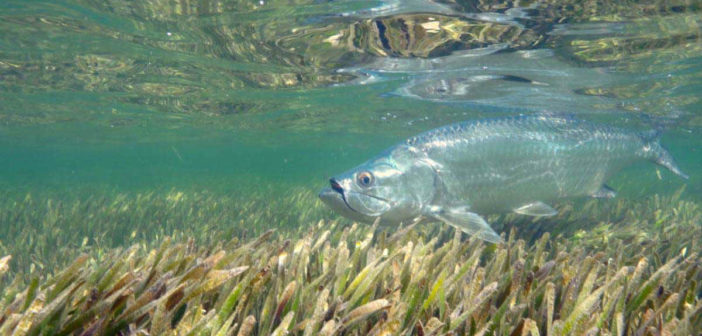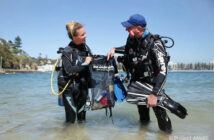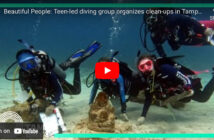Imagine yourself staring out across an endless expanse of saltwater flats, mangroves, and pristine beaches seeing hundreds of tarpon rolling with no care in the world. Imagine yourself thirty meters below the surface swimming along a pristine and colorful reef full of groupers, sharks and innumerable wild creatures. This is Cuba, in all it’s untarnished majesty.
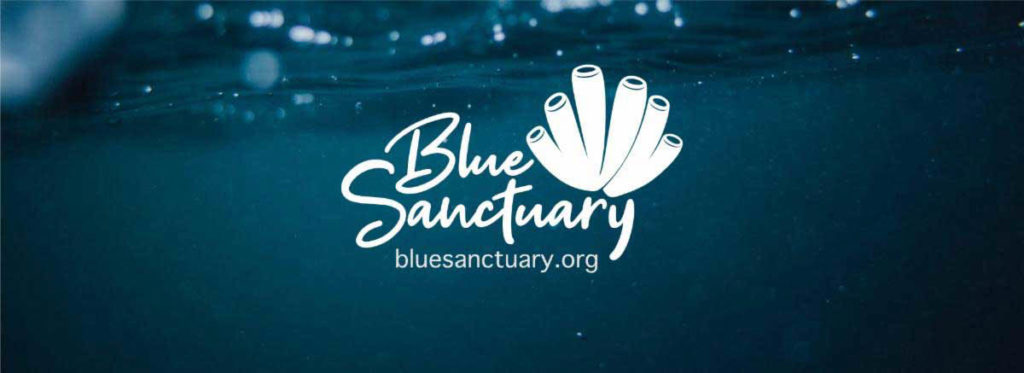
During 2020, Cuba has become wilder, more pristine, and increasingly biodiverse. It has remained an initiative of Blue Sanctuary to continue to carry out research, patrolling and enforcement efforts in the marine parks during this lockdown period against all odds. Even though resources and personnel were limited, we never stopped! We made sure that the flora and fauna within these parks were able to grow, reproduce and thrive.
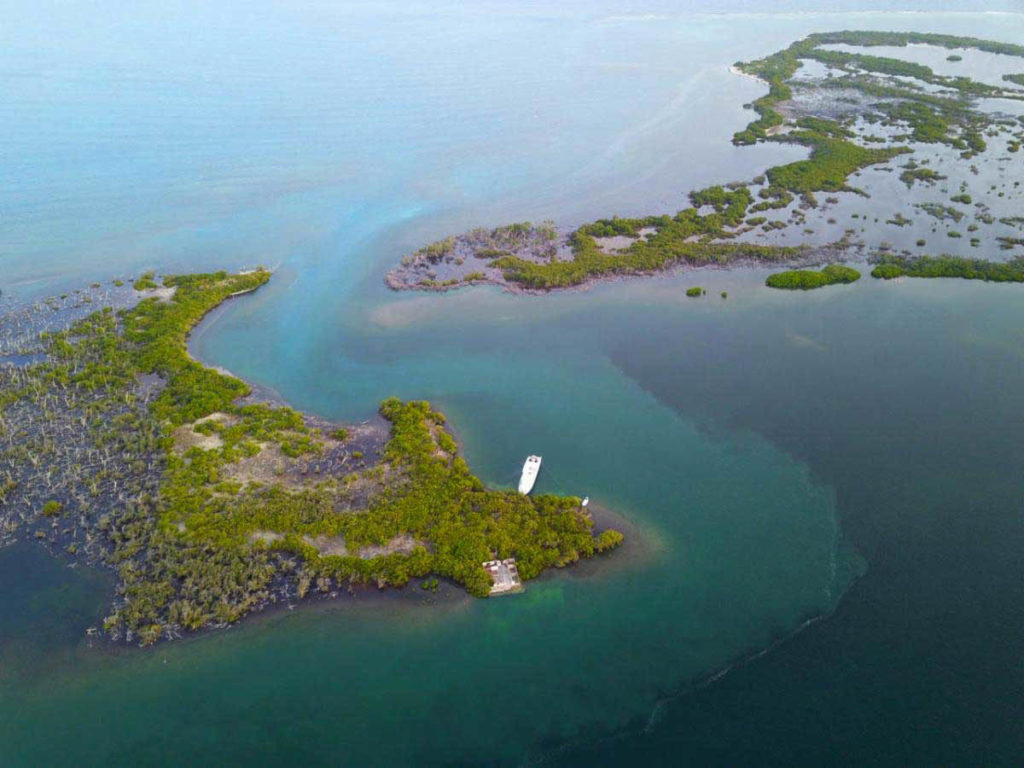
From March to the end of November 2020, in Jardines de la Reina, there have been two skiffs patrolling for 12 hours per day across the entire marine park. Along with these patrolling teams, a crew of scientists and researchers on the Oceans for Youth vessel, led by Fabian Pina Amargós, continue to improve our understanding of the populations and ecosystem dynamics that make this place so special. In addition, there has been another team in the Canarreos archipelago comprising Isla de Juventud, Cayo Largo, and Zapata; patrolling 60 hours per week across the destinations while continuing their research. On the north coast, the Cayo Romano marine park has been aggressively patrolled day in and day out to ensure that there is no illegal fishing, netting, or disturbances by foreign vessels. Scientists, researchers, and guides have utilized this time to further their understanding of the marine resources on which they so intrinsically rely. Without any pressure on fish populations, allowing for easy capture rates, researchers were able to gather over 900 unique DNA samples and input over 300 tags in various fish species to assist in monitoring the population movement among the archipelagos. This period of research will be integral for years to come in sustainable management efforts as well as policy making decisions throughout Cuba.
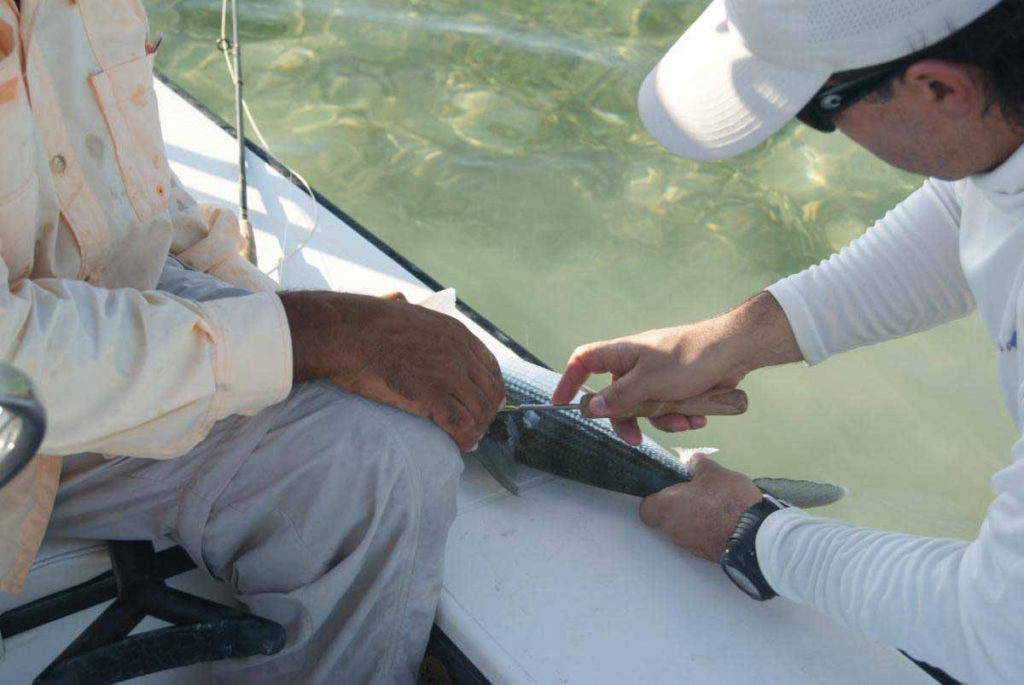
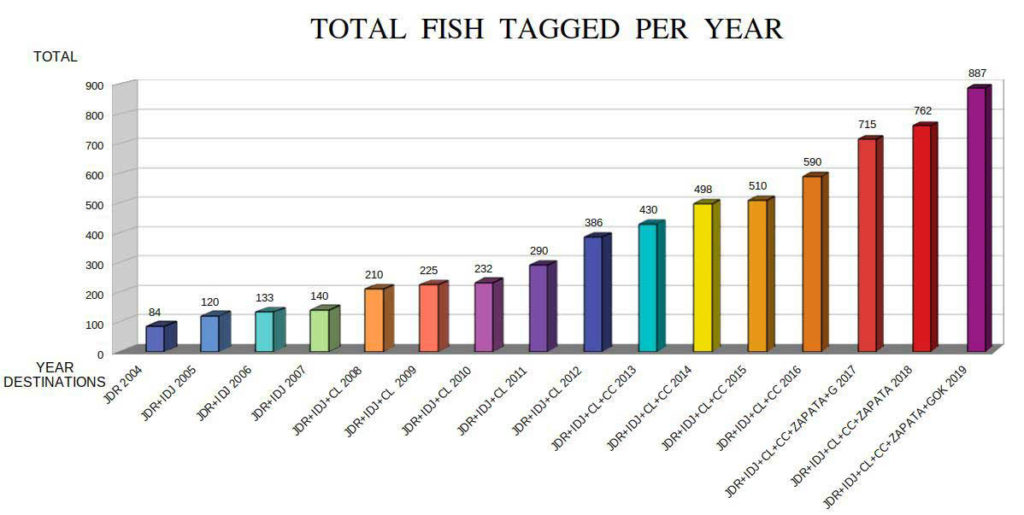
Because of these endeavors, the research teams have monitored massive spawning aggregations and an incredible abundance of fish species swimming calmly about their natural life patterns. The high numbers of fish logged in population surveys, from small lorito snappers, to goliath groupers, and tarpon; have signaled that these ecosystems are fully functioning in a harmonious state from top to bottom. The research and humanitarian efforts within the marine parks are the conduit to which humankind is able to experience the bounty of Cuba in its natural state coupled with the positive effects of marine conservation. Where else in the world can you jump thirty tarpon in a day? Where else can you dive amongst fifty carribean reef and silky sharks? Where else does the sheer act of participation in nature have positive results on the health of the ecosystem? These are the Blue Sanctuaries of Cuba.
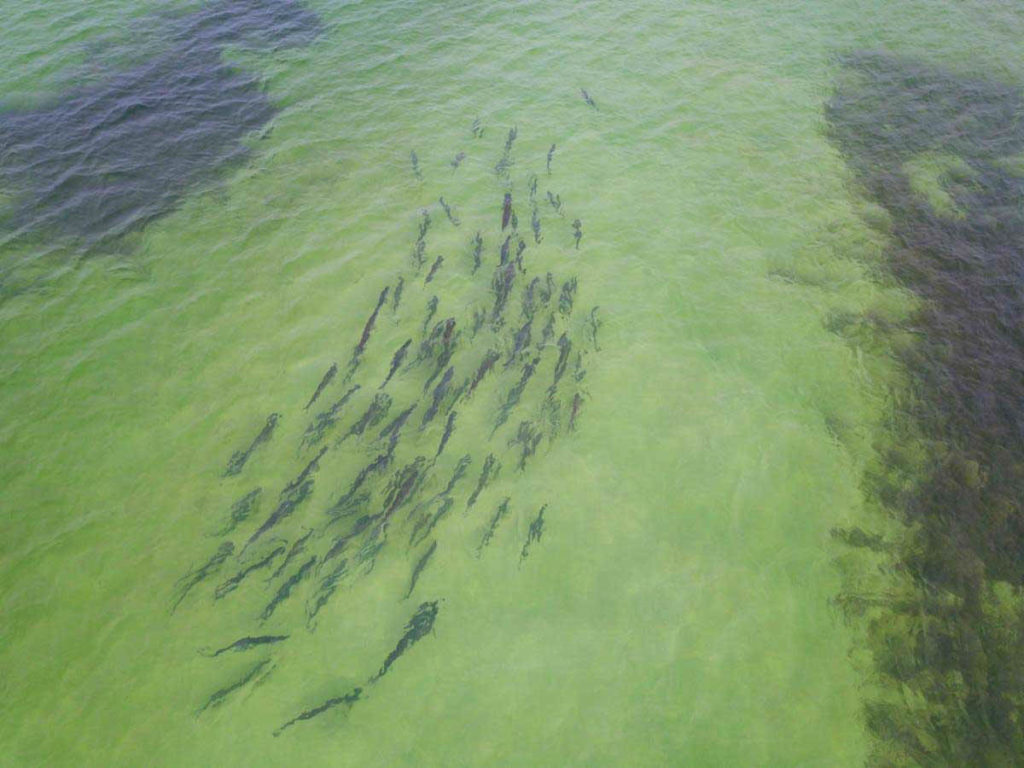
Finally, even though 2020 was a historic hurricane year, our marine parks and infrastructure were completely unaffected. A couple of small storms grazed the island, but the natural coastal barriers kept harm at bay. With sound and innovative management of both flora and fauna since the early 90s, Blue Sanctuary is now excited to be welcoming a new era of enhanced progress and sustainability in Cuba. We feel incredibly lucky to be winding this year down with great news that the conservation mission that we have set out to pursue has been successful in even the most difficult of times. Our crews, guides, and scientists are healthy and eager to welcome you back to Cuba when the time comes. Until then, stay safe and happy.




